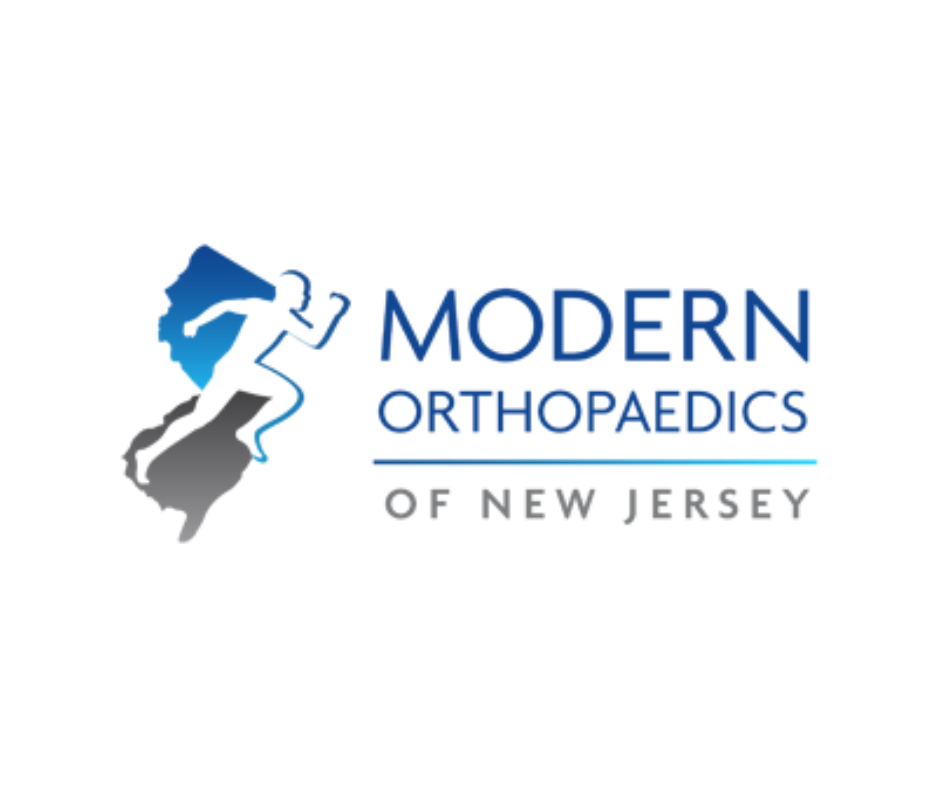Have you ever walked down the pain relief aisle at your local pharmacy and felt overwhelmed by the sheer quantity of brands and options available? Over-the-counter (OTC) medications can play an essential role in back pain management and rehabilitation, but with so many out there, understanding the differences between them is key.
Just because a certain pain reliever worked wonders for a family member or you’ve seen it advertised on television doesn’t necessarily mean it’s the best choice for your needs. Every painkiller has its own unique profile, and there’s no one-size-fits-all formula when it comes to selecting the right one for back pain relief.
Below, we’ve provided an overview of four of the most popular OTC medications for back pain, along with some important considerations to keep in mind when using them. For more information about back pain management, schedule an appointment at the New Jersey Spine Institute today!
Please note that the information contained in this post does not constitute medical advice. Speaking with your doctor or healthcare provider before taking any pain relievers, including OTC medications, is strongly recommended.
Acetaminophen
Acetaminophen (brand name Tylenol) is a popular over-the-counter medication that relieves mild to moderate pain by altering the way the brain perceives pain signals. Widely available and less likely to irritate the stomach than many other OTC pain pills, acetaminophen is often taken for muscle pain and may also be used to help manage arthritis symptoms.
Acetaminophen is not classified as an anti-inflammatory medication and may not be the most effective option for inflammatory back pain or acute injuries where inflammation is present. Overdosing on acetaminophen (taking more than 3,000 mg daily) can lead to liver damage, and the drug may not be suitable for people with liver problems or who are on certain types of blood thinners.
Ibuprofen
Ibuprofen (brand names Advil, Motrin) is a well-known over-the-counter medication that, like acetaminophen, relieves mild to moderate pain. Classified as a nonsteroidal anti-inflammatory drug (NSAID), it also targets inflammation and is often used to manage back pain stemming from acute injuries or inflammatory conditions.
Ibuprofen works by inhibiting cyclooxygenase (COX) enzymes, which trigger pain and inflammatory responses in the body. The drug is considered safe for short-term use when taken as directed, but using it regularly over the long term can lead to a higher risk of side effects such as gastric ulcers and gastrointestinal bleeding (especially for patients with a history of stomach issues), kidney and liver damage, and heart problems, including cardiovascular events.
Naproxen
Like ibuprofen, naproxen (brand names Aleve, Naprosyn) is an OTC painkiller classed as an NSAID. The primary difference between ibuprofen and naproxen is that naproxen is longer-acting. The fact that naproxen can provide pain relief for up to 12 hours with a single dose often makes it a preferred choice for chronic back conditions, where pain is constant or recurring.
Lidocaine
Lidocaine is a local anesthetic that can be applied topically (gel, patch) to alleviate mild to moderate back pain. It works by blocking pain signals to the brain and can be an excellent back pain management option for people who:
- Prefer not to take oral medication
- Experience gastrointestinal or other side effects from NSAIDs
- Are seeking targeted pain relief
Types Of Pain Relief Pills
OTC pain medications can come in a broad range of forms, including:
- Liquid Gels – Liquid medication inside a quick-dissolving gelatin shell
- Rapid-Release Capsules – Capsules designed to dissolve and take effect as rapidly as possible
- Extended-Release – The drug is released slowly after an initial dose for extended pain relief over time
- Gel Caps – Solid tablets covered by a gelatin coating
If you’re not sure which form of pain relief pill will be the most beneficial for your back pain, consult with your doctor or healthcare provider.
Can Medications Be Combined?
While combining OTC pain relief medications for greater impact may be considered safe in certain instances, you should never do so without consulting your doctor first. The misuse of OTC pain relievers can be dangerous and have serious, sometimes irreversible, consequences on your health.
Advil + Tylenol For Optimal Pain Relief
Acetaminophen and ibuprofen can sometimes be taken alternately every 3 to 6 hours for optimal back pain relief—but only as directed by a doctor. Please note that taking acetaminophen and ibuprofen alternately is not recommended for all patients and can be risky for those with certain health conditions, including kidney, liver, or gastrointestinal problems.
NSAIDs should never be taken together due to the increased risk of adverse drug reactions. Cumulative stomach irritation and gastrointestinal bleeding can also be major concerns for those with preexisting conditions.
How To Select The Proper Medication
Ultimately, the best OTC medication for your back pain is determined by a variety of factors, including:
- The underlying cause of your pain
- Your age
- Your medical history
- Any other medications you’re taking
- Your response to the drug
To learn more about which OTC pain medicine may be the best option for your needs and receive a treatment plan developed by our leading spine specialists, get in touch with us at the New Jersey Spine Institute to book an appointment.
If OTC Pain Medications Are Not Working, Speak To The Experts At The New Jersey Spine Institute
If OTC pain medication is not relieving your back pain, it may be time to consider alternative treatment options. It’s also worth noting that the use of OTC pain medications on an ongoing basis can mask a more serious underlying condition and/or result in chronic reliance on the medication. Having an in-depth evaluation of your back pain by a trusted spine specialist should be your next step.
At the New Jersey Spine Institute, our world-class team of spine experts specializes in minimally-invasive procedures such as epidural injections for pain management. Contact us today to receive an accurate diagnosis and personalized treatment plan for your back pain! We look forward to working with you.






